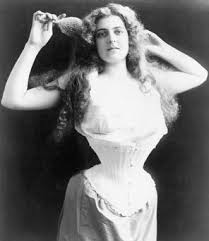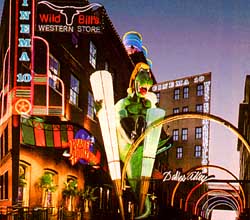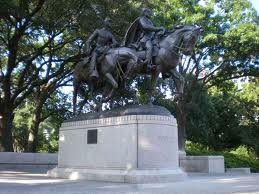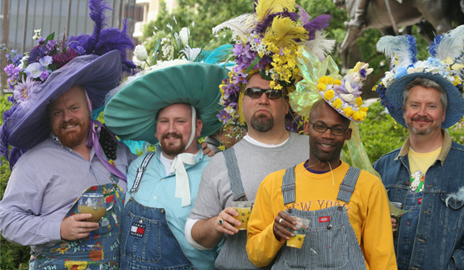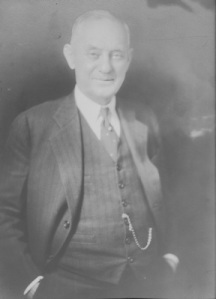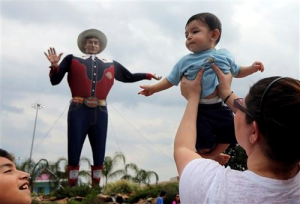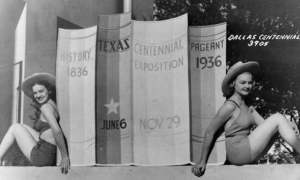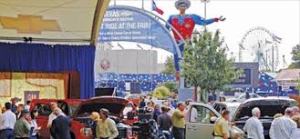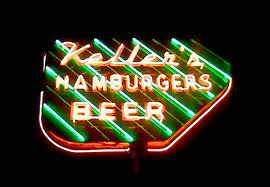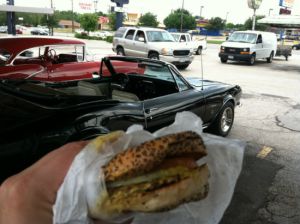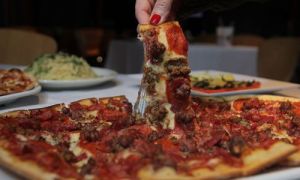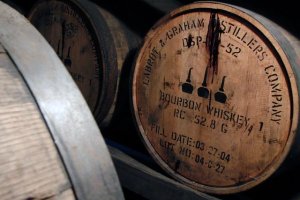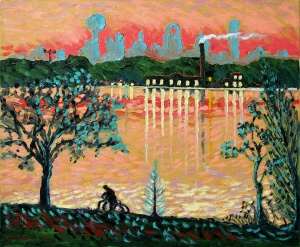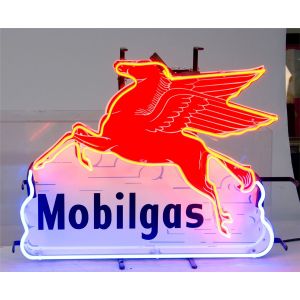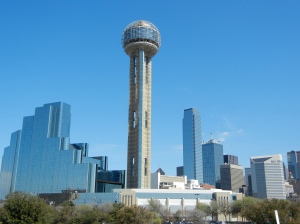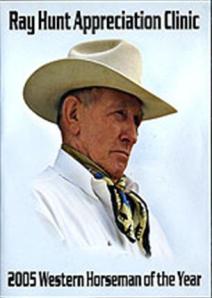Why did the West End Die? – Wendy
I begin with the obligatory statement that the West End is not completely dead. There’s still some life there but definitely not what it was twenty years ago when Van Halen played a free concert that Bruce Willis MC’ed at Planet Hollywood (how 1989 is that sentence).
 There’s even a DVD of the show for you super Van Halen fans out there
There’s even a DVD of the show for you super Van Halen fans out there
Anyways the reason why the West End is almost completely dead is pretty simple once you understand a few simple aspects of urban life in American Cities. But first a little history on the West End, don’t worry it’s not boring there are prostitutes, saddles and pillows involved.
 This is the most PC version of a picture that involves two of the three topics from the previous sentence.
This is the most PC version of a picture that involves two of the three topics from the previous sentence.
Most histories of the West End begin in the early 20th century when the West End was a center for warehousing and manufacturing along the railroad. For the most part this makes sense; most of the buildings that are still standing there were built around that time. There was a cracker factory (boring and unappetizing), a saddle factory (intriguing), and a pillow factory (kinda depressing when you realize your pillows are made in a factory).
 Frankly, that’s an awful lot of smoke to be coming from a “cracker” factory
Frankly, that’s an awful lot of smoke to be coming from a “cracker” factory
Unfortunately this view of its history ignores West End before 1913 or so, which is even more interesting than a pillow or cracker factory. Back then the area was known as “Frog’s Town.” Not because of a large population of Frenchmen, but because the area was prone to flooding and hence it had a very large population of frogs. You know what else it had a large population of?
That’s right 19th century prostitutes. Frog’s Town was one of a few so called red lights districts in Dallas. Keep in mind that prostitution was legal in Dallas all the way up to 1913. When the state literally had to intervene and force Dallas enforce the state law(Austin always was so prude). If this comes as a little bit of a surprise keep in mind Dallas as a long history of providing outlets for carnal delights, and that Dallas was still very much of a frontiers town back then. One with 100,000 residents albeit, but one of those residents was Doc Holiday of the OK Corral fame, who ran a crooked dentist office and a straight card game.
He’ll be your Huckleberry
Anyways fast forward some 60 years to the 1970’s and West End’s “revival as an entertainment district.” Downtown Dallas post WWII had expected a building boom. And because it was pretty much reigned in on all side by freeways, that building boom went vertical. The majority of Dallas’s skyscrapers were built at the expensive of many of the older mid-rise buildings or historical buildings which were torn down. By the 70’s many of those older historical structure were gone. Preservationist, fresh off victories along Swiss Ave and in Old East Dallas began pushing efforts to save the historic buildings in the West End.
At the same time as the Preservationist efforts were taking hold, many civic leaders in Dallas were becoming aware of another problem. Retail, dining, entertainment and other so called built cultural amenities were fleeing downtown. This was in part because the new skyscrapers were replacing the venues for entertainment. But also because during the 60’s and 70’s Baby Boomers were fleeing urban areas and central cities.
 There’s a new mediocore subdivision in Plano?!?!? Last one there gets shunned by the PTA and HOA leaders
There’s a new mediocore subdivision in Plano?!?!? Last one there gets shunned by the PTA and HOA leaders
That was the era of suburban shopping malls and chain restaurants. Many civic leaders in Dallas wanted to chase those fleeing suburbanites, compete with the suburban shopping mall and regain those tax dollars. A strategy that most urban planners nationwide and local civic leaders today find utterly foolish, but more on that later.
So as a result of the Preservationist efforts to stay the West End historical structures, and civic leader’s efforts to lure suburbanites back to downtown, the West End began to develop as a shopping, dining and entertainment district in the late 70’s. By the mid 80’s it had really taken off. The first and Original Spaghetti Warehouse had moved in along with other restaurants. Shops were popping up, the West End Marketplace (a mall) had openned and Club Stark had made quite the name for itself in nightlife circles.
In a D Magazine in a 1984 story about the district the author even said that the West End was well on its way to becoming something the downtown really needed…”a place to visit in the heart of the city that offers a wide selection of food and drink.”
That above statement from D mag hints at something most people growing up in Dallas knew about the West End. The West End was a nice place…to…visit. It was a nice place to visit…means it was for tourists.
Come to the West End for longhorns and cowboy hats.
Let me explain. If you go back and read, or at least thumb through the D mag article, you’ll notice that the author spends a lot of time talking about all the restaurants, some of the shopping, and she even mentions the pains to which businesses moving into the office space went through to project a different vibe then traditional downtown Dallas. The one thing she doesn’t mention until the very end is that no one actually lives in the West End. The West End was conceived to be a standalone entertainment district.
The West End trying to be like Time Square in New York
Standalone entertainment districts in urban areas usually aren’t that successful.. Think of the most popular areas of Dallas right now for dining, shopping and “entertainment”. Deep Ellum, Bishop Arts, Greenville Ave, Uptown, Knox/Henderson, the Cedars; they all have residential communities in and around them. The West End didn’t and hence it lacked a certain urban excitement or bohemian feel that attracts people.
 Any area that allows you to rent a seg-way to see it, is not an exciting urban area
Any area that allows you to rent a seg-way to see it, is not an exciting urban area
The West End also tried to compete with suburban entertainment districts, which generally speaking were more favorable for suburbanites then the West End.
In the end, the West End, devoid of residents, an urban vibe, and struggling to compete with suburban malls; was left to the realm of the tourists. Which would make sense why Bruce Willis opened a Planet Hollywood with a concert headlined by Van Halen.
Bruce Willis, in early 90’s jeans seen at Planet Hollywood’s groundbreaking
But Dallas, despite a robust convention crowd, has never had the tourists economy to support all those restaurants, let alone a movie theater and an entire mall. The West End tried mightily, see: free Van Halen concerts, the Hoop-It-Up tournaments; but slowly it began to die off. The Stark Club, though a truly unique and wondrous place, failed to create much of a clustering effect of similar nightclubs or businesses. Those around the time likened it being one Ziggy Stardust amongst a thousand J.R. Ewings. The restaurants started to flee in the late 90’s. Planet Hollywood closed in 2001 as did the movie theater. And the mall finally closed its doors in 2006, with it’s most notable tenant, the antiques shop, moving to….a suburban mall, Grapevine Mills.
There’s hope of course, as I write this news has come out that the owners of the old West End Marketplace, where the mall was, are trying to rebrand the building, and court residential condos or apartment developers to convert the space.

